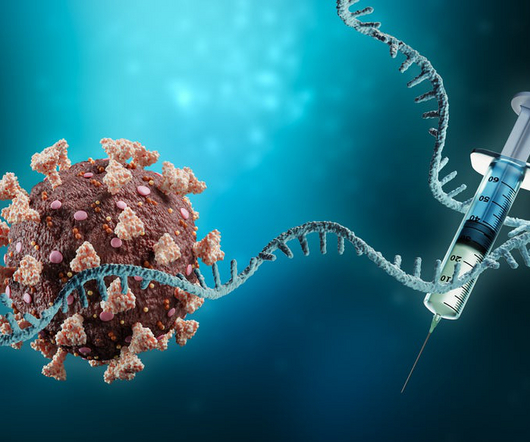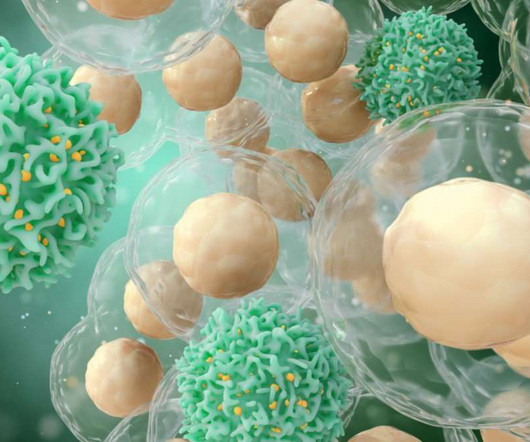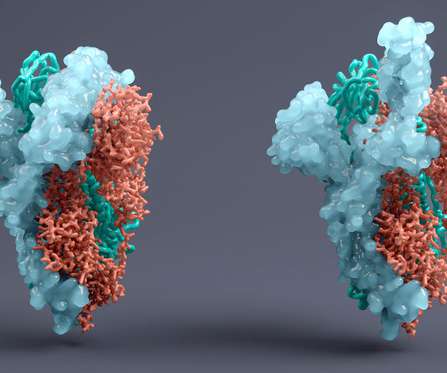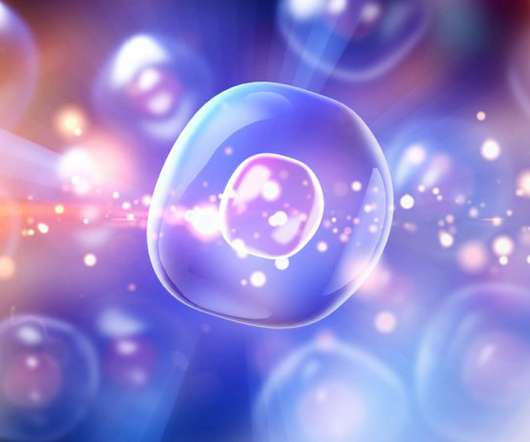Using analytics and bioassays to de-risk your mRNA LNP drug development programme
Pharmaceutical Technology
FEBRUARY 15, 2023
“At the small scale, manufacturing between 1 ml and 10 ml is typically not problematic , but it’s not straightforward to replicate processes and technologies once you want to produce tens of litres of formulations,” says Dr Crowe, who manages a team that develop novel analytical assays related to LNPs and nanomaterials for drug delivery.













Let's personalize your content